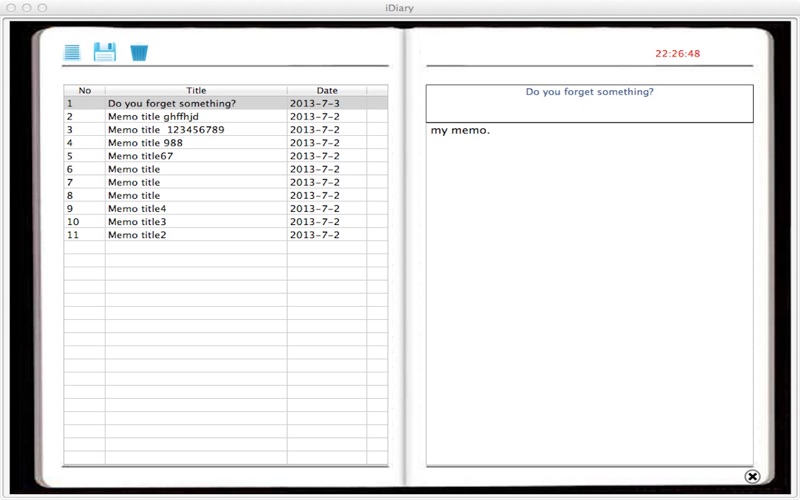


pandas has two main data structures - DataFrame and Series. In addition, you can use multiple languages in one notebook by specifying the language magic command at the beginning of a cell. The data is returned as a “DataFrame” which is a 2 dimensional spreadsheet-like data structure with columns of different types. To get started with Python in Microsoft Fabric notebooks, change the primary language at the top of your notebook by setting the language option to PySpark (Python). Let’s check it out We can follow these steps: Enter print (Hello World) into the first cell. A LangChain tutorial to build anything with large language models in Python.
#Inotebook python code
Since we started with Python 3, we can run Python code in our cells. Give your notebook a title (H1 header) and a meaningful preamble to describe. Note that you can get the help for any method by adding a “?” to the end and running the cell. When we first create a new Jupyter Notebook, the first cell defaults to using code and the kernel we selected at the beginning. Here we’ll read it in as JSON but you can read in CSV and Excel files as well. Pandas provides several methods for reading data in different formats. Next, we will read the following dataset from the Open San Mateo County site: pandas is an open source Python library that provides “high-performance, easy-to-use data structures and data analysis tools.” import pandas as pd print ( pd. Import a Dataset Into Jupyterīefore we import our sample dataset into the notebook we will import the pandas library. You will need Python version 3.3+ or 2.7+.
#Inotebook python install
You can run Jupyter notebook in the cloud using a service like or you can install and run it locally.
#Inotebook python how to
It will cover how to do basic analysis of a dataset using pandas functions and how to transform a dataset by mapping functions. Then install the Jupyter Notebook using: pip3 install jupyter. First, ensure that you have the latest pip older versions may have trouble with some dependencies: pip3 install -upgrade pip. This guide describes how to use pandas and Jupyter notebook to analyze a Socrata dataset. As an existing Python user, you may wish to install Jupyter using Python’s package manager, pip, instead of Anaconda. Using a Wufoo form to write to a Socrata Dataset.Noteable, Colab top alternative for data analysis, data science, Python, SQL, machine learning. Using a SSIS to write to a Socrata Dataset Most powerful Jupyter Notebook alternatives of 2023.Using Pentaho to Read data from Salesforce and Publish to Socrata.Pulling data from Hadoop and Publishing to Socrata.Gauge Visualizations using the Google Charts library.Visualizing data using the Google Calendar Chart.Data Analysis with Python, Pandas, and Bokeh.Using a jQueryUI date slider to build a SODA Query.Generating a within_box() query with Leaflet.js.Using R and Shiny to Find Outliers with Scatter and Box Plots.Data Analysis with Python and pandas using Jupyter Notebook.Data Visualization with Plotly and Pandas.


 0 kommentar(er)
0 kommentar(er)
